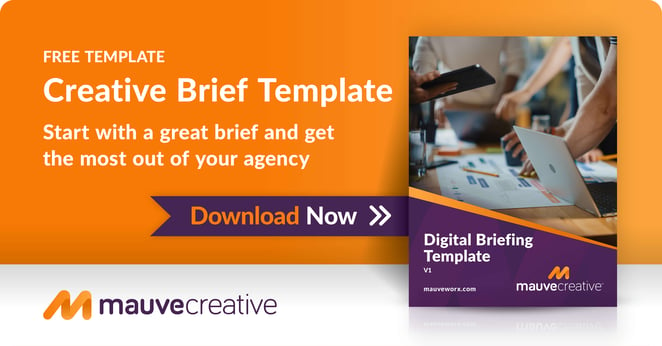A great creative brief is a powerful tool that ensures clarity, alignment, and efficiency throughout the creative process.
In this blog, we'll explore the essential elements that make a creative brief successful, enabling the seamless translation of your vision into impactful creative work.
Clarity of Purpose
At the heart of a great creative brief lies a clear articulation of purpose. What do you want to achieve? What are the desired outcomes? It should communicate the project's objectives, allowing everyone involved to understand what needs to be accomplished and why it matters. By providing a concise purpose, the brief sets the stage for the creative team to channel their efforts effectively.
- Be open minded
- Share your likes and dislikes
- Create moodboards
Background Information
A comprehensive creative brief includes relevant background information that provides the necessary context for your project. This may encompass details about target audience, market insights, competitor analysis, and existing branding or messaging guidelines. Equipped with this knowledge, the creative team can align their work with your brand guidelines and the project's specific requirements.
Objectives and requirements
To drive success, the brief must outline specific objectives and desired outcomes. These objectives should be measurable, attainable, and in line with the overall marketing or communication strategy. Clearly defined goals enable the creative team to focus their efforts, ensuring that their work contributes meaningfully to broader brand objectives.
- Is it to promote something?
- Is it digital or print?
- Where it will be going?
- Who will being seeing it?
Target Audience
Understanding the target audience is crucial for creating resonant and compelling content. The creative brief should provide a detailed description of the intended audience, including demographics, psychographics, and any relevant insights. This knowledge empowers the creative team to craft messaging and design elements that truly connect with and engage the target audience.
Key messages
Every creative endeavour should convey key messages that align with the brand's identity and objectives. The creative brief must identify these core messages, ensuring they are concise, compelling, and consistent with overall brand positioning.
Specifications
A great creative brief outlines the specific deliverables required from the creative team, whether it be design assets, copy, or campaign concepts. Additionally, it should provide any necessary specifications, such as format, size, or technical requirements. These details provide the creative team with a clear understanding of the expected output, allowing them to plan and execute accordingly.
- Do you understand all the deliverables?
- Who are the stakeholders, delivery, sign off, etc.
- Budget and print deadlines
Timeline & Deadlines
Establish clear deadlines for each phase of the project. This helps manage expectations and ensures timely completion. Give the agency enough time to be creative and discuss whether editing and time for amendments is included.
Be collaborative
Encouraging open communication and feedback between the creative team and the client ensures a smoother and more collaborative creative process. Regular touchpoints are essential to ensure that everyone is on the same page and working towards a common vision.
Constraints
Often, creative projects have constraints that must be considered. This may include brand guidelines, legal requirements, or industry standards. The creative brief should outline such constraints, ensuring that the team works within the prescribed boundaries while still having room for innovation and creativity.
Feedback and results
Give honest feedback and don’t be afraid to ask questions. Feedback and results are essential for the growth, success, and mutual satisfaction of both a creative agency and the client. They enable continuous improvement, alignment with objectives, data-driven decision making, and a collaborative partnership that drives impactful creative outcomes.

